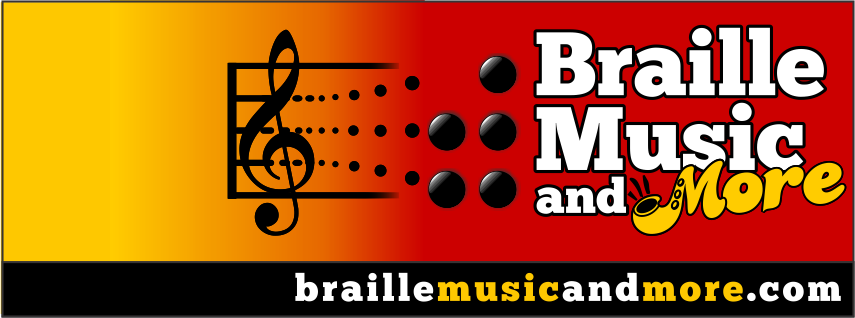Introduction
Braille music through its transcription services can enhance inclusivity in the world of music. By transforming the written texts into braille notation, braille music services can help the visually impaired to learn music. Hence, accuracy and reliability in braille transcription services are required. As it seems very challenging for visually impaired people to learn music, they have some common queries regarding the braille transcription process.
In this blog, we will sum up all those queries under one heading and answer some frequently asked questions.
What is Braille Transcription?
Braille Transcription is related to changing printed materials into braille, a writing system utilized by people who have visual impairments. This requires not just an in-depth knowledge of braille but also an attention to the finer details and a firm dedication to precision.
Who are Certified Braille Transcribers?
The braille-certified transcribers completed training and passed certification tests to prove their competence when it comes to braille transcription. They are proficient in the specifics and rules of braille making sure that the text is reliable and user-friendly.
FAQs About Braille Transcription and Certified Braille Transcribers
1. Why should I choose an approved braille transcriber?
The certified braille transcribers guarantee their transcriptions are correct and comply with the latest standards. This is essential in legal documents, and much more where precision is required.
2. What does the process of becoming certified involve?
The certification process usually involves braille-based coursework transcription and the certification test. This is because the National Library Service for the Blind and Print Disabled (NLS) provides certification programs throughout the United States.
3. Are there any opportunities to become a certified braille transcriber?
Anyone willing to learn about braille transcription and has the necessary qualifications to be certified can follow this path. It is a commitment to learning the code braille and mastering it and the techniques of transcription.
4. How long will the Braille transcription process take?
The amount of time required to convert documents into braille may depend on the level or extent of the text. Simple documents could require a few days while more complex texts like textbooks could take months or even weeks.
5. What types of items can be converted into braille?
Nearly every printed object can be converted into braille. This includes restaurant menus, music scores as well as business cards and much more.
6. Are there different kinds of braille which transcribers need to know?
There are a variety of braille. They include non-contracted (Grade 1.) and contract (Grade 2.) braille. Transcribers could also be specialized in particular areas such as braille music notation in braille or tactile graphics.
7. What can I do to ensure that my transcriptions are secret?
Certified braille transcribers follow professional standards that include keeping the confidentiality of any document. When you choose a transcription service ensure that you know the confidentiality policy of the company.
Conclusion
Understanding the expertise involved in Braille transcription services highlights the significance of using certified professionals. At Braille Music and More, they are committed to providing high-quality, reliable braille transcription services that ensure inclusivity and accessibility for all.





Comments